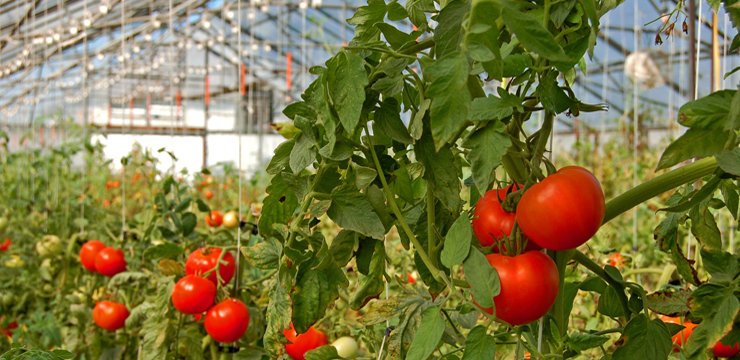Nqobile Bhebhe,Bulawayo
The horticultural sector, once a major foreign currency earner for Zimbabwe has been described as a ‘sleeping giant’ by authorities.
Zimbabwe’s government, under President Emmerson Mnangagwa announced “a new economic order” seen as signaling a potentially significant change from the previous era of former leader, Robert Mugabe.
In his inaugural address, Mnangagwa placed the focus on agriculture as the mainstay of Zimbabwe’s economic recovery.
In 2018, the agriculture sector is estimated to grow by 15.9 percent on the back of Government coordinated interventions in partnership with the private sector.
Lands and Agriculture minister Perrance Shiri has held consultative workshops with stakeholders in the sector to discuss ways to revamp the sector’s foreign currency earnings, which have been on a free-fall over the years.
Horticulture, according to Shiri is not only a massive potential foreign currency earner but strategic to avert poverty, hunger and malnutrition.
“I am convinced that horticulture is a sleeping giant.” Shiri told horticulture players.
He added “The sector is strategic as a direct attack on poverty, hunger and malnutrition in addition to generating foreign currency and creating high employment opportunities down the value chain.”
Horticulture used to be a major sub-sector with quick export returns of about $143 million at its peak in 1999/2000.
Official data show that horticulture exports grew from $3, 5 million in 1986 to $32 million in 1991, contributing between 3, 5 percent to 4, 5 percent of the GDP, and were second to tobacco in foreign currency earnings.
The country used to be one of the biggest exporters to Europe.
In 2001, Zimbabwe was ranked second largest exporter of horticulture products in Africa, after Kenya and was the fifth biggest exporter into Europe.
The sector, according to industry players has been on a steady rebound since 2010 pushed by vegetables and flowers.
To show governments commitment in reviving the sector, Shiri said the ministry was already working on a Horticulture Development Policy.
In his 2018 national budget statement, Finance Minister Patrick Chinamasa indicated that Government has set sights on offering support to selected horticultural producers as part of its efforts to capacitate them.
“Government plans to co-ordinate extension of support towards expanded horticulture production from 2018, focusing on providing support towards identified farmers.
He added “Some of these farmers would be requiring rehabilitation and expansion of irrigation infrastructure, access to handling technologies, market access, financial services and capacity building.”
According to Chinamasa, although the programme would target both commercial and small holder farmers it was largely focused on benefiting the former with the latter mostly participating as out growers.
An industry official with Zimbabwe Horticulture Association, Daniel Madungwe said farmers need to be protected ‘unscrupulous buyers’ bent on exploiting them upon delivery of their produce.
Last October, ZimTrade, the national trade development and promotion organization said significant markets for horticultural exports have opened up in the South East Asian frontier.
In its newsletter for October, ZimTrade said there had been a boom in peas and macadamia nuts demand in Malaysia, Hong Kong, Vietnam and China, among several South East Asian economies.
Zimbabwe mainly exports horticultural produce to the European Union (EU) markets.
But a boom in the quality of life in East Asia, the world’s fastest growing region, has made it imperative for local farmers to give serious consideration to economies whose diplomatic ties with Harare have flourished in the past decade.
At its peak, the country exported about 85 percent of its flowers to the Netherlands while about 90 percent of total fresh vegetables landed in Britain, South Africa, Zambia and Namibia and 80 percent of fruits were consumed by British and South African markets.
Roses produced in mainly Banket, Trelawney, Concession, Glendale, Bindura, Harare, Goromonzi and Kwekwe, constituted 70 percent of cut-flower exports from Zimbabwe.
Other flowers grown and exported include proteas, asters and chrysanthemums.








